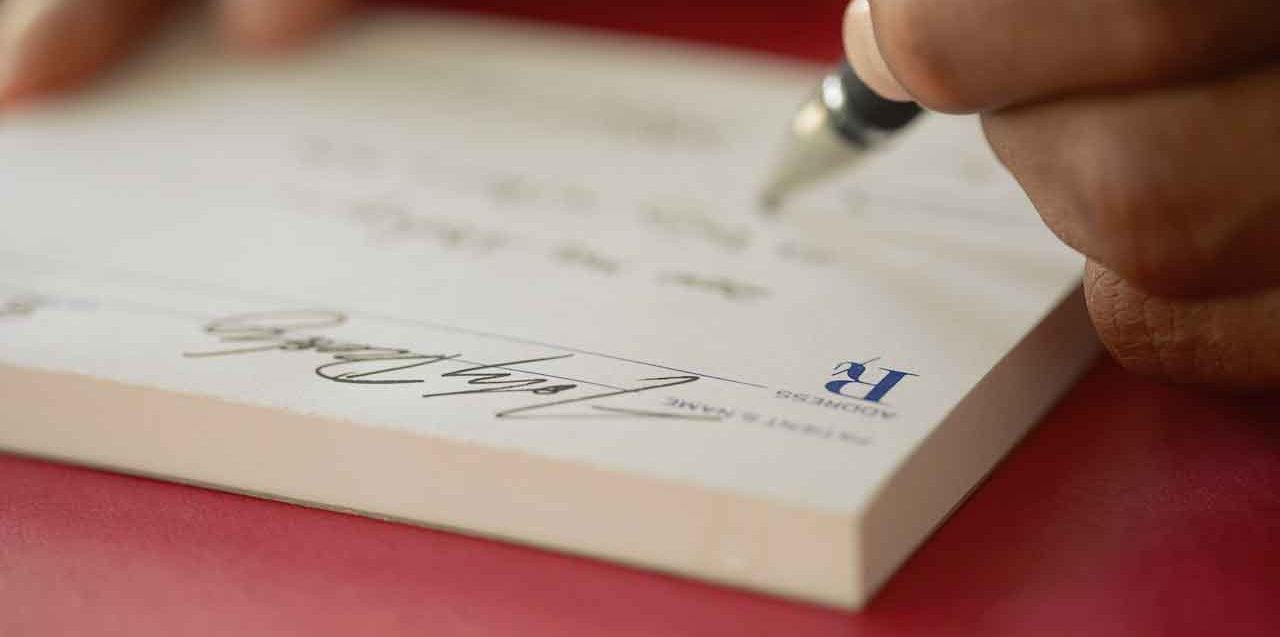Off Label Drug Prescriptions Are Common

About one in five prescriptions are for off-label treatments. Are you safe?
Prescribing drugs for uses other than what they are indicated, known as off-label prescribing, has become a common practice among physicians.
A survey of 200 British psychiatrists found that 65 percent had prescribed a medication off-label within the previous month. Yet, a 2006 study found that only 4 percent of off-label prescriptions of psychiatric medications were supported by strong scientific evidence.
Still, it’s done often by physicians. About one in five of all prescriptions are off-label. “We use meds off label all the time, every day,” says Randy Wexler, MD, a professor of family medicine at Ohio State University Wexner Medical Center.
YOU MIGHT ALSO LIKE: Do Drug Ads Help You Get the Right Medical Care?
But is off-lable drug usage safe? Before a drug is approved is has be to proven as safe and effective by the U.S. Food and Drug Administration (FDA) for a particular use. But once a drug is on the market, the FDA doesn’t control how doctors use it.
Doctors prescribe drugs off label because many work in very similar ways, according to Amy Tiemeier, PharmD, an associate professor of pharmacy practice at St. Louis College of Pharmacy in Missouri.
All ACE inhibitors, for instance, are designed to treat high blood pressure by helping blood vessels relax. But that same mechanism can work on migraines as well through the same mechanism.
Surprising off-label prescriptions include a drug approved for hypertension used for nightmares related to post traumatic stress disorder, one approved for infertility that is oddly prescribed for men to increase sperm count, and another approved for glutamate release used for obsessive compulsive disorder. Yet another drug used for treatment of hypertension is prescribed off-label to treat ADHD, while one antipsychotic drug is often used to treat insomnia.
The safety of off-label use has been established more for some drugs than others and the FDA has issued cautions in some cases.
“The FDA has attempted to lessen the gap between FDA approval and contemporary drug-prescribing practices in pediatrics through the FDA Modernization Act of 1997. This Act created incentives, including exclusive marketing and patent extension, for pharmaceutical companies to test medications on children,” write the authors of one off-label drug use review in the Mayo Clinic Proceedings.
Still the practice can become “widely entrenched” in clinical practice and predominant treatment for a given clinical condition.
This begs the question as to why government approval isn’t usually obtained for conversion of an off-label use. The answer lies in the cost and time it would take to run the necessary studies to prove a drug’s off-label use.
“To add additional indications for an already approved medication requires the proprietor to file a supplemental drug application, and, even if eventually approved, revenues for the new indication may not offset the expense and effort of obtaining approval,” the Mayo Clinic Proceedings reviewers write.
The potential risk is that doctors will often prescribe a drug off label without realizing it is not approved for that use, G. Caleb Alexander, MD, an associate professor of epidemiology and medicine at Johns Hopkins University told Consumer Reports.
Although over 20 percent of drugs are used off label, only a relative few of those unapproved uses are supported by evidence, according to a Journal of the American Medical Association review.
The review also found that side effects and risks can be an issue, including abnormal limb and body movements, sedation, fatigue, weight gain, and a small increased risk of death for seniors with dementia.
“Off-label prescribing can make sense if a new use for a drug emerges after it was approved for another purpose. That way, doctors can take advantage of the drug without having to wait for formal proof, as has been the case with certain medications to treat cancer,” Consumer Reports writes.
In some medical practice areas, such as oncology, pediatrics, and geriatric, patient care could not proceed without off-label prescriptions. Moreover, scientific evidence does support some off-label drug use.
When you receive a prescription, ask your doctor if the drug is for an approved use. (You can check the U.S. National Library of Medicine for yourself). (If your prescription is for an off-label use, ask your doctor if it’s supported by well-designed clinical trials that show effectiveness in people with your condition. Also ask why your doctor thinks the drug works better than one approved specifically to treat your condition. Finally, before you fill the prescription at your pharmacy, make sure you find out if your health insurer pays for off-label use; otherwise you might be stuck with the full cost of the medication.
YOU MIGHT ALSO LIKE: The Straight Dope on Pricey Prescription Drugs
Updated:
March 31, 2020
Reviewed By:
Christopher Nystuen, MD, MBA